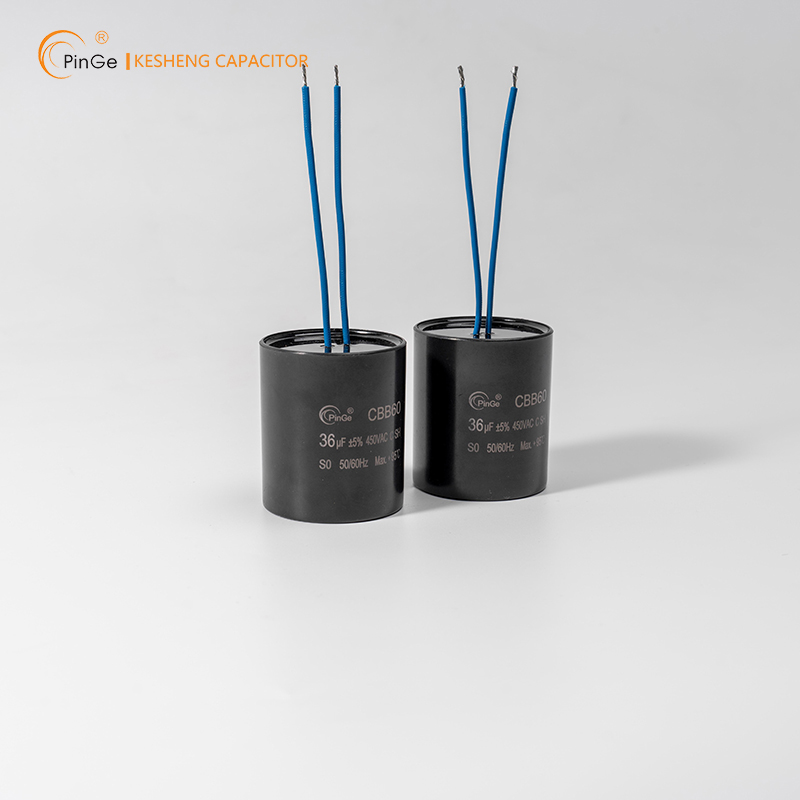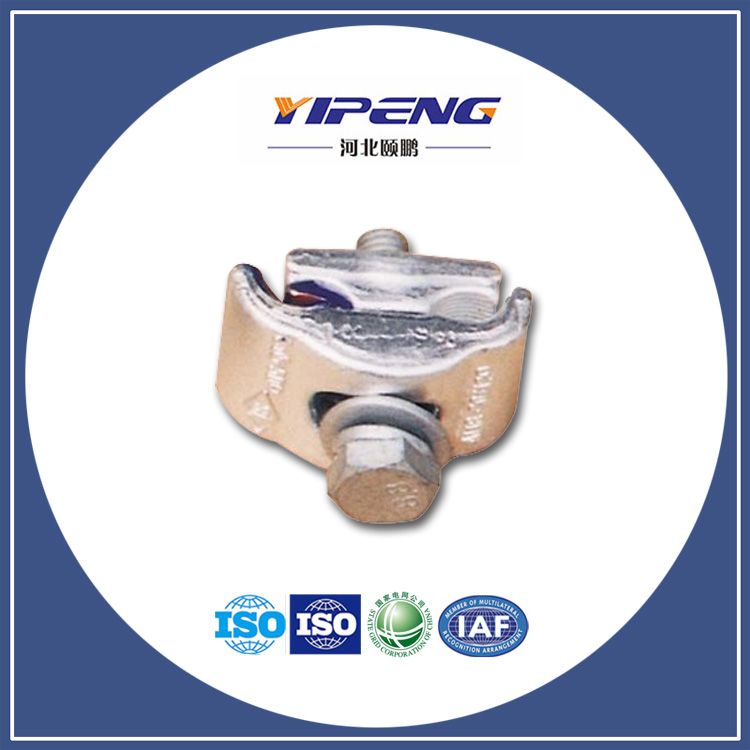DIY Guide: How to Replace a Capacitor
Capacitors are essential components in electrical systems that store and release electrical energy. Over time, capacitors can wear out or fail, causing issues such as reduced efficiency, voltage drops, and equipment malfunction. When a capacitor fails, it must be replaced to ensure proper function of the electrical system. In this article, we will provide a step-by-step guide on how to replace a capacitor.
Step 1: Safety First
Before attempting to replace a capacitor, it is important to ensure that the power supply to the electrical system is turned off. This will prevent electrical shock and other safety hazards. You should also wear protective gloves and eye wear to protect against potential hazards.
Step 2: Identify the Failed Capacitor
The first step in replacing a capacitor is to identify which capacitor has failed. Capacitors can be found in a variety of electrical systems, including air conditioning units, refrigerators, and electronics. If you are unsure which capacitor has failed, consult the manufacturer's manual or seek the advice of a professional.

Step 3: Choose a Replacement Capacitor
Once you have identified the failed capacitor, it is important to choose a replacement capacitor that matches the specifications of the original capacitor. This includes the capacitance value, voltage rating, and physical size. Choosing a capacitor that does not match these specifications can cause further issues and potentially damage the electrical system.
Related links:Power Banks: Unleashing Portable Power on the Go
Unlocking the Secrets of Huawei Rectifier Modules: Powering the Future!
PCB Assembly for Industrial Control Equipment: Ensuring Precision and Reliability
How does a liquid crystal display work?
Lithium Cell Pilot Line: Revolutionizing Energy Storage
Choosing the Right LiFePo4 Battery Pack for Your Energy Storage Needs
What is a cable clamp used for?
Step 4: Remove the Old Capacitor
To remove the old capacitor, start by disconnecting it from the electrical system. This may involve removing screws, bolts, or wires that are holding the capacitor in place. Be sure to take note of the wires and their corresponding terminals, as you will need to reconnect the new capacitor to the same terminals.
Step 5: Install the New Capacitor
Once the old capacitor has been removed, you can install the new capacitor. Begin by connecting the wires to the correct terminals, making sure to tighten any screws or bolts securely. If the new capacitor is a different size than the old capacitor, you may need to adjust the mounting bracket or make other modifications to ensure a proper fit.
Step 6: Test the Electrical System
After the new Electrolytic capacitors has been installed, it is important to test the electrical system to ensure proper function. Turn the power back on and observe the electrical system for any signs of issues, such as voltage drops or equipment malfunction. If there are any issues, double-check that the capacitor has been installed correctly and that all connections are secure.
In conclusion, replacing a capacitor can be a relatively simple DIY task if done correctly. However, it is important to take the necessary safety precautions and ensure that the replacement capacitor matches the specifications of the original capacitor. If you are unsure about any aspect of replacing a capacitor, it is always best to seek the advice of a professional. With proper installation, a new capacitor can help ensure the efficient and reliable operation of electrical systems.
Airless Spray Pump Filters: The Unsung Heroes of Precision Painting
Integrating Battery Storage with a Hybrid Inverter: Key Considerations
What are the key advantages of using Rockchip SOM?
What does a capacitor do to voltage?
What is the lead-acid battery?
Demystifying Types and Applications of Resistors
How do you install eye bolts?
193
0
0
Related Articles
-
85
0
0
-
70
0
0
-
75
0
0
-
TFT vs LCD: Which Display Technology Reigns Supreme?
With advancements in technology, display screens have become an integral part of our daily lives.
35
0
0
-
36
0
0
-
30
0
0
-
29
0
0
-
30
0
0









Comments
All Comments (0)